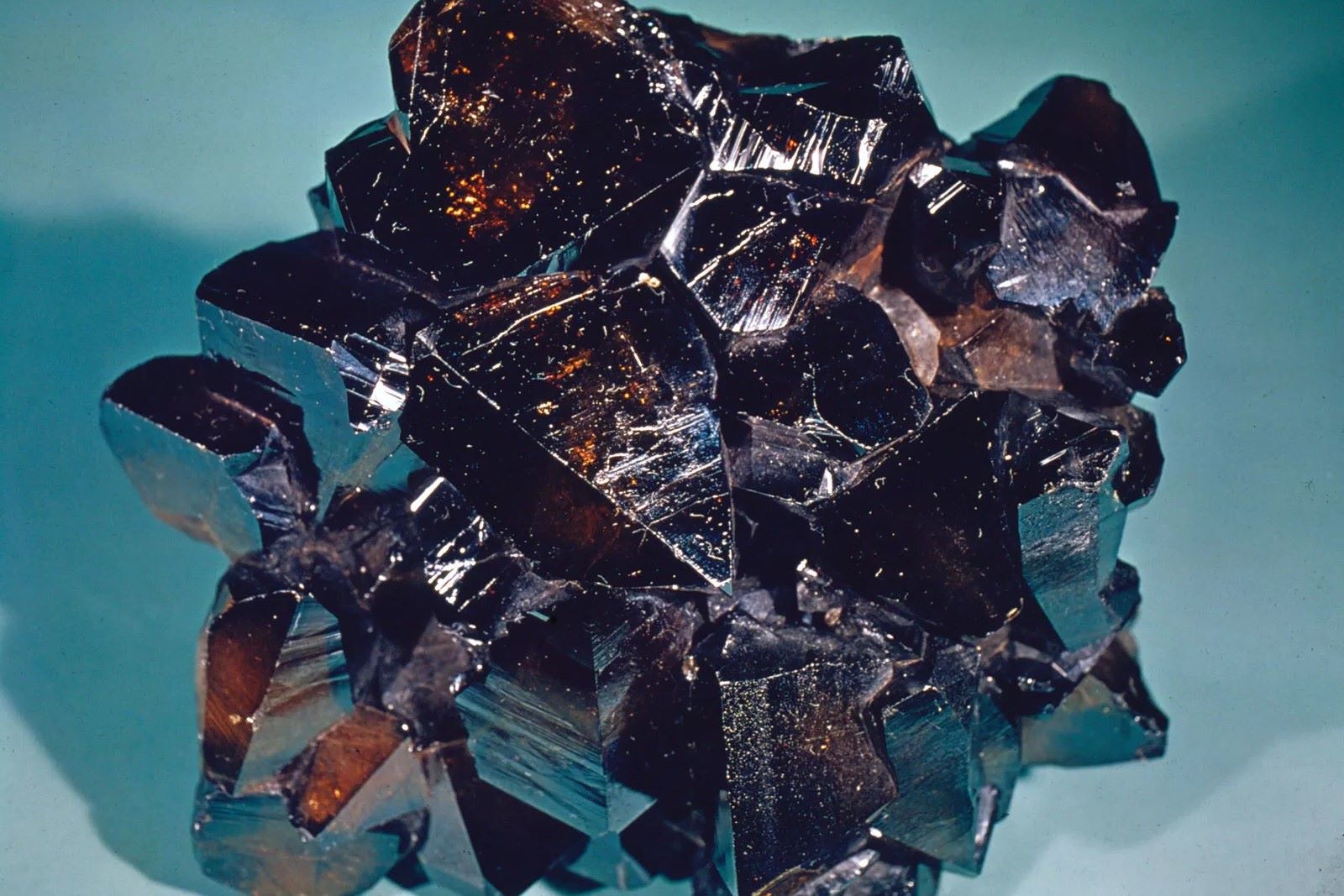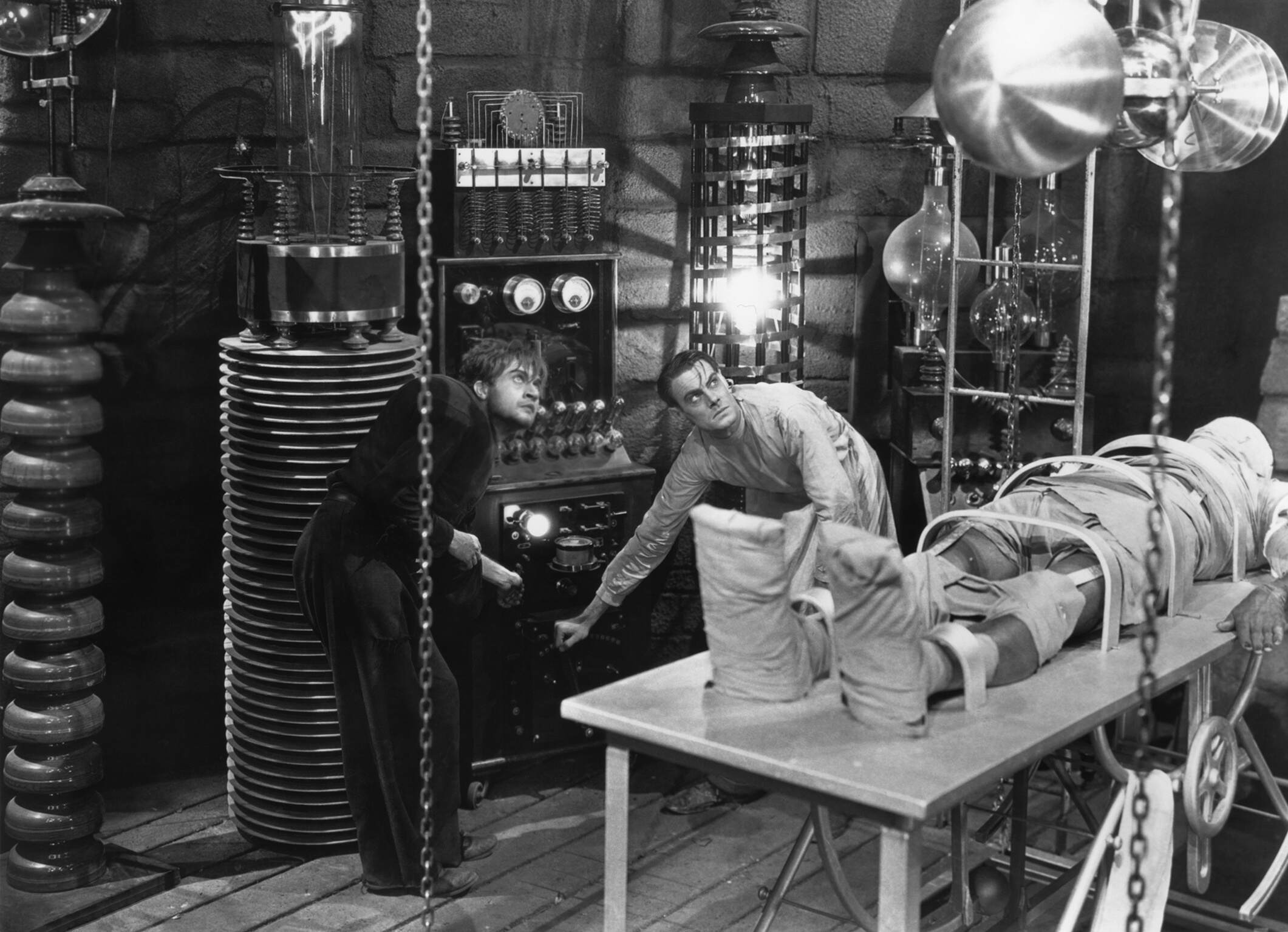
Baddeleyite is a mineral that might not be on everyone's radar, but it holds some pretty cool secrets. Named after Joseph Baddeley, who discovered it in Sri Lanka, this mineral is primarily composed of zirconium oxide. Why should you care about Baddeleyite? For starters, it's used in dating ancient rocks, helping scientists understand Earth's history. It's also crucial in the production of ceramics and refractory materials. Found in places like Brazil, Russia, and South Africa, Baddeleyite is more than just a pretty face. Ready to learn 40 fascinating facts about this unique mineral? Let's get started!
Key Takeaways:
- Baddeleyite, a mineral primarily composed of zirconium dioxide, is used in various industrial applications due to its high melting point and resistance to corrosion. It's also valuable in geochronology for dating rocks and studying the Earth's crust.
- Baddeleyite, found in igneous rocks and even in space rocks like meteorites, provides insights into the Earth's geological processes and the history of the solar system. Its unique properties make it useful in technology and raise environmental concerns in mining.
What is Baddeleyite?
Baddeleyite is a fascinating mineral with a rich history and unique properties. Named after Joseph Baddeley, who discovered it in Sri Lanka, this mineral has intrigued scientists and collectors alike. Let's dive into some intriguing facts about Baddeleyite.
- Baddeleyite is primarily composed of zirconium dioxide (ZrO2).
- It was first discovered in 1892 in Rakwana, Sri Lanka.
- This mineral is named after Joseph Baddeley, a British engineer and mineralogist.
- Baddeleyite is often found in igneous rocks, particularly in mafic and ultramafic rocks.
- It can also be found in carbonatites and kimberlites.
Physical Properties of Baddeleyite
Baddeleyite's physical properties make it a unique and valuable mineral. Its hardness, color, and crystal structure are just a few of the characteristics that set it apart.
- Baddeleyite has a hardness of 6.5 on the Mohs scale.
- It typically appears in colors ranging from colorless to yellow, brown, or black.
- The mineral has a monoclinic crystal system.
- It has a specific gravity of about 5.8 to 6.0.
- Baddeleyite crystals are often prismatic or tabular in shape.
Uses of Baddeleyite
Baddeleyite's unique properties make it useful in various industrial applications. Its high melting point and resistance to corrosion are particularly valuable.
- Baddeleyite is used in the production of zirconium metal.
- It is also used to make refractory materials, which can withstand high temperatures.
- The mineral is used in the ceramics industry to produce zirconia ceramics.
- Baddeleyite is utilized in the manufacturing of abrasives.
- It is also employed in the production of some types of glass.
Geological Significance of Baddeleyite
Baddeleyite plays an important role in geology, particularly in the study of igneous rocks and the Earth's crust. Its presence can provide valuable information about geological processes.
- Baddeleyite is often used in geochronology to date rocks.
- It can help determine the age of igneous rocks through uranium-lead dating.
- The mineral is a key indicator of high-temperature geological processes.
- Baddeleyite can provide insights into the formation of the Earth's crust.
- It is also used to study the history of volcanic activity.
Baddeleyite in Space
Baddeleyite isn't just found on Earth; it has also been discovered in extraterrestrial environments. This adds an exciting dimension to the study of this mineral.
- Baddeleyite has been found in lunar rocks brought back by the Apollo missions.
- It has also been identified in meteorites.
- The presence of Baddeleyite in space rocks helps scientists understand the history of the solar system.
- It can provide clues about the conditions on the Moon and other celestial bodies.
- Baddeleyite in meteorites can reveal information about the early solar system.
Interesting Facts about Baddeleyite
Here are some additional intriguing tidbits about Baddeleyite that highlight its unique characteristics and significance.
- Baddeleyite is often associated with other minerals like zircon, ilmenite, and magnetite.
- It can sometimes be confused with zircon due to their similar appearance.
- The mineral is resistant to chemical weathering, making it durable over geological time scales.
- Baddeleyite can form as a result of metamorphic processes.
- It is sometimes used as a gemstone, although it is not as popular as other gemstones.
Baddeleyite and Technology
Baddeleyite's properties have made it valuable in various technological applications. Its high melting point and resistance to wear are particularly useful.
- Baddeleyite is used in the production of high-performance ceramics for electronics.
- It is also used in the aerospace industry for heat-resistant coatings.
- The mineral is employed in the production of fuel cells.
- Baddeleyite is used in the manufacturing of cutting tools and blades.
- It is also utilized in the production of optical components.
Environmental Impact of Baddeleyite Mining
Like many minerals, the extraction and processing of Baddeleyite can have environmental impacts. It's important to consider these effects and work towards sustainable practices.
- Baddeleyite mining can lead to habitat destruction and soil erosion.
- The processing of Baddeleyite can produce hazardous waste.
- Efforts are being made to develop more sustainable mining practices.
- Recycling zirconium products can help reduce the demand for Baddeleyite mining.
- Environmental regulations are in place to minimize the impact of Baddeleyite mining.
Final Thoughts on Baddeleyite
Baddeleyite, a fascinating mineral, holds a unique place in geology and industry. Its primary use in dating rocks helps scientists understand Earth's history. Found in places like Brazil, Russia, and South Africa, this mineral is often associated with igneous rocks. Its high melting point makes it valuable in ceramics and refractory materials. Despite its rarity, baddeleyite's contributions to science and industry are significant. Understanding its properties and uses can provide insights into geological processes and technological applications. This mineral's role in advancing our knowledge of Earth's past and improving modern materials highlights its importance. So, next time you hear about baddeleyite, remember its unique characteristics and the crucial role it plays in both science and industry.
Frequently Asked Questions
Was this page helpful?
Our commitment to delivering trustworthy and engaging content is at the heart of what we do. Each fact on our site is contributed by real users like you, bringing a wealth of diverse insights and information. To ensure the highest standards of accuracy and reliability, our dedicated editors meticulously review each submission. This process guarantees that the facts we share are not only fascinating but also credible. Trust in our commitment to quality and authenticity as you explore and learn with us.


